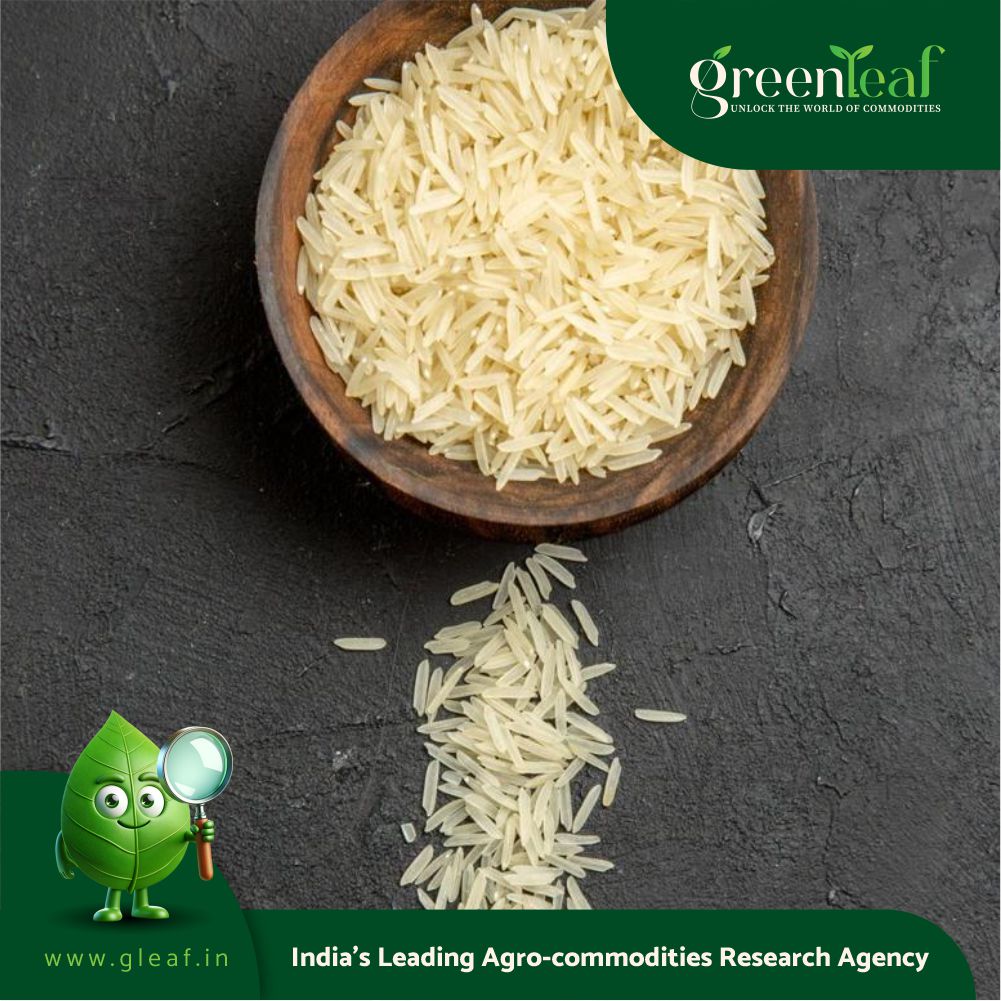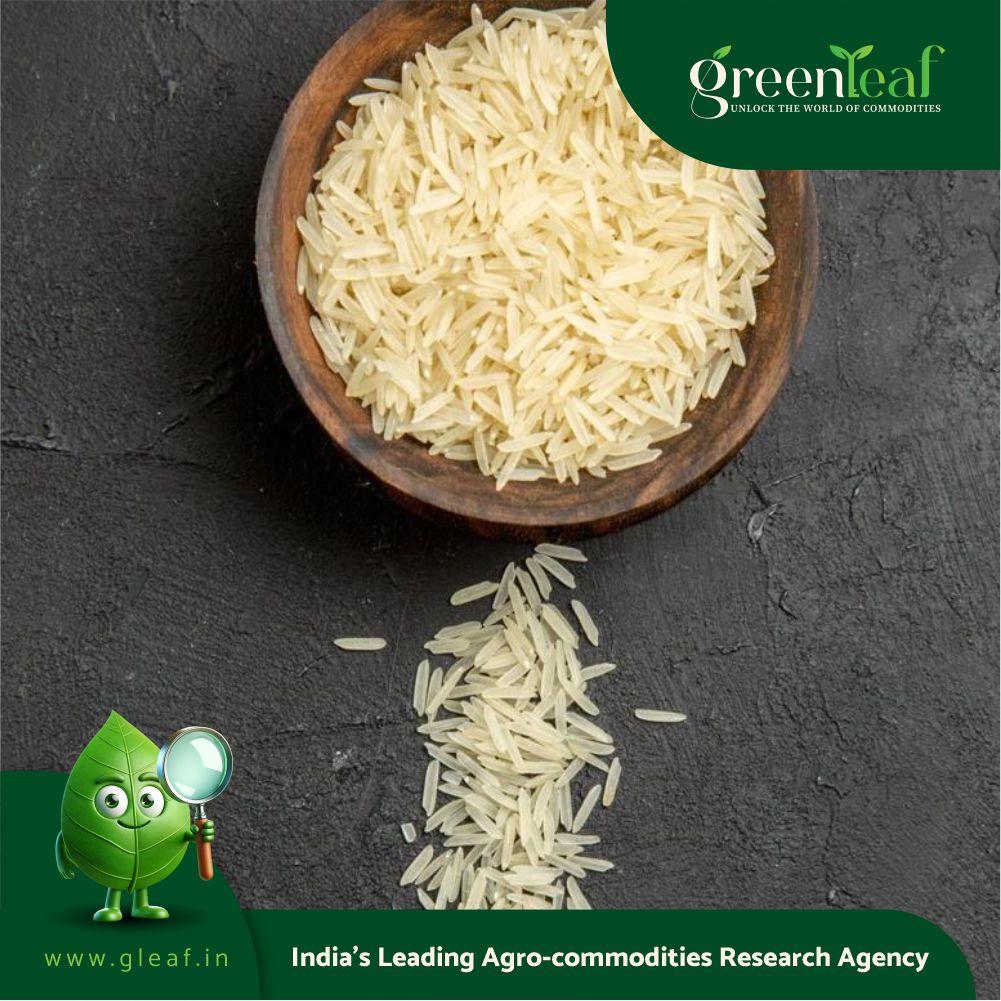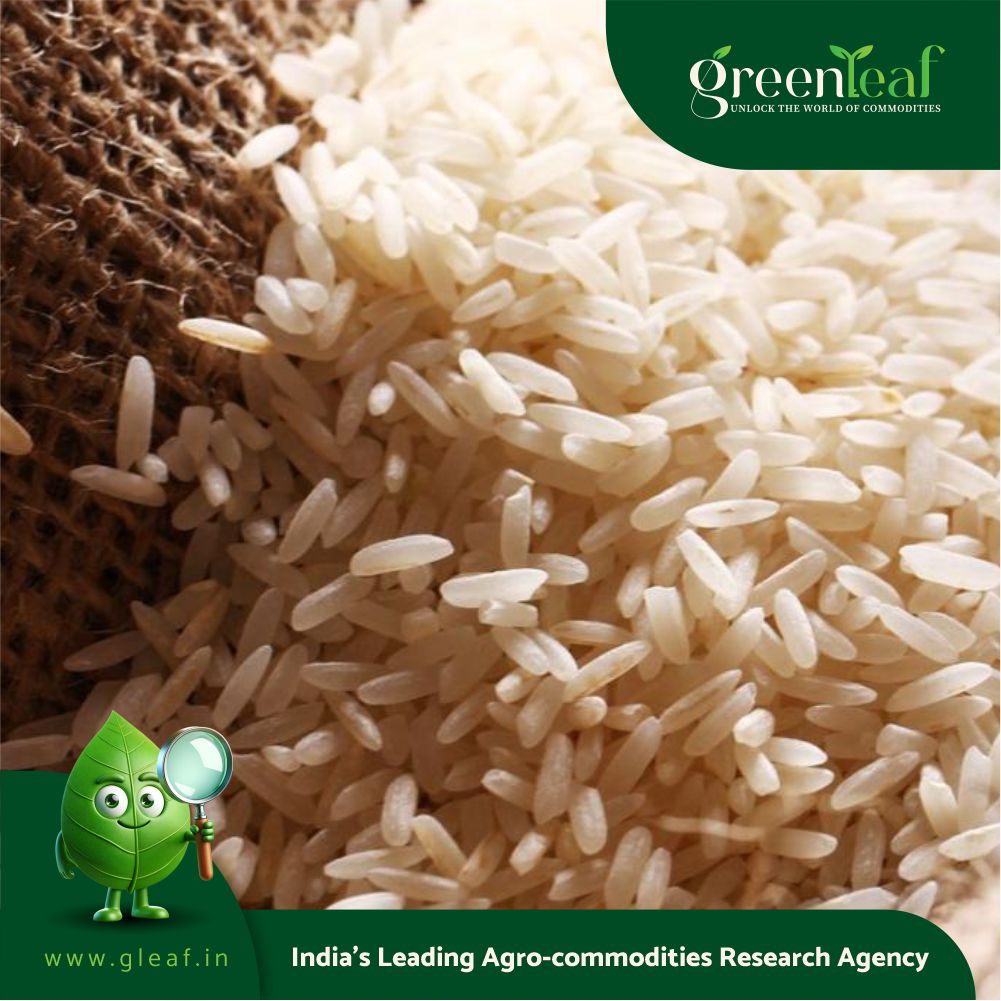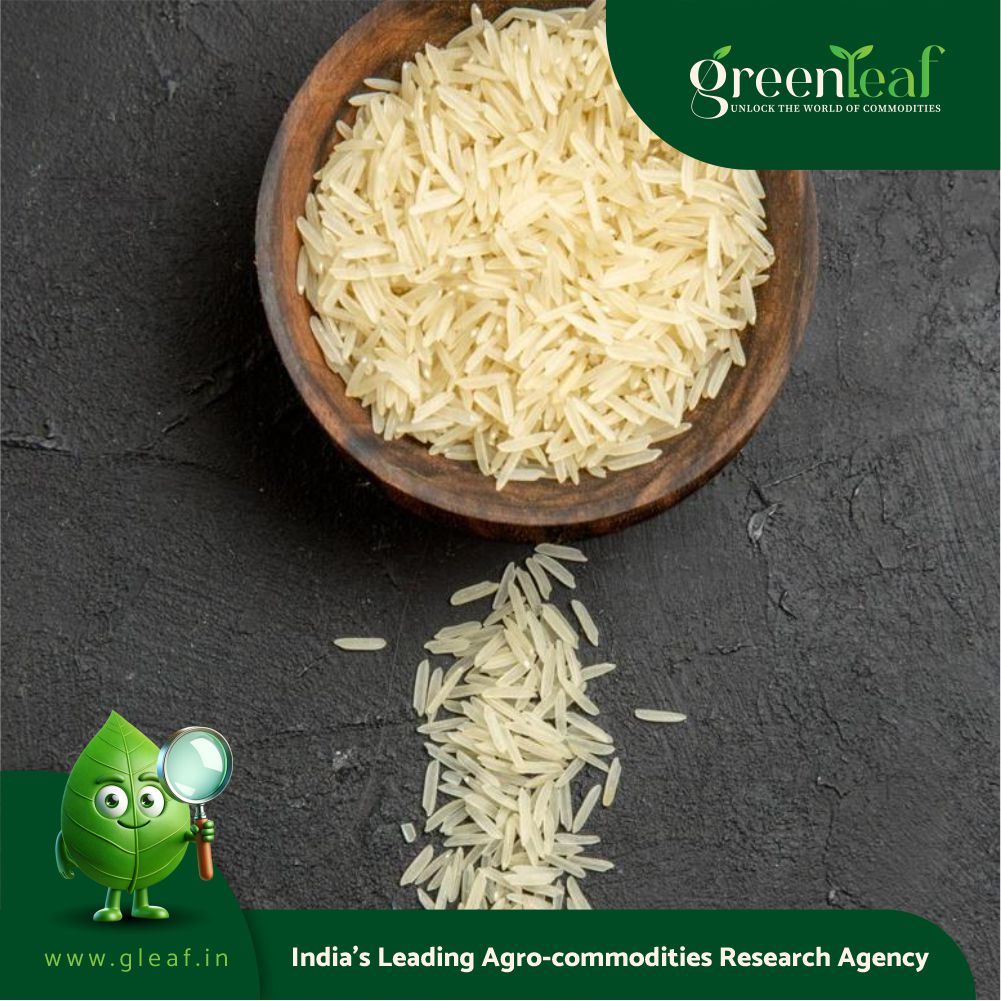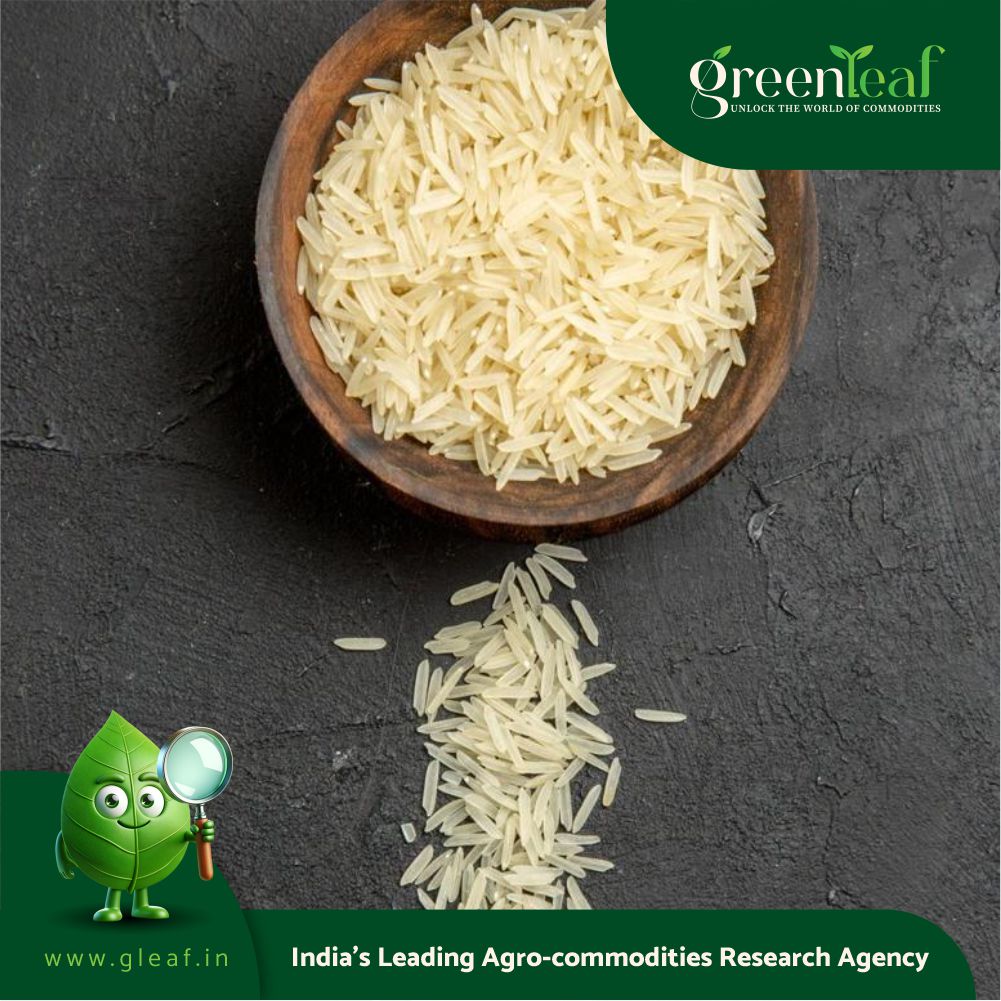What do you do when your godowns are overflowing with more rice than the country can eat, export or give away in ration schemes? If you’re a policymaker, you ferment it to reduce dependency on foreign oil.
Let us explain.
This year, the government is officially diverting over 5 million metric tonnes of rice (about 9% of the world’s annual rice exports) from its stockpiles to make ethanol, the clear, burnable liquid that now makes up nearly 20% of the petrol in your vehicle.
And on paper, it seems like a brilliant move. After all, India harvested a bumper 146 million tonnes of paddy. The Food Corporation of India (FCI) is already sitting on 59 million tonnes of rice, which is about four times the buffer stock it actually needs.
So instead of letting it rot in silos while taxpayers foot the storage bill, why not turn it into something a bit more… combustible?
It might sound odd, but the logic is simple. India imports over 85% of its crude oil. To reduce this reliance, the country has been aggressively pursuing ethanol blending — mixing ethanol into petrol to reduce oil consumption. The goal is 20% blending by 2025, and we’re already at 18.8%.
And the ethanol story has been sweet. Most of it came from sugarcane. You crush the cane, ferment the molasses, distill it, and boom! You get ethanol.
But the last couple of years haven’t exactly been great for sugarcane. Erratic rainfall and droughts in states like Maharashtra and Karnataka meant mills couldn’t meet ethanol quotas.
So the government had to look elsewhere.
And when it saw rice just sitting there in surplus, it came up with a plan to divert tonnes of it for ethanol production. Ethanol distilleries began snapping up the stock (especially the “surplus” or broken rice sold by the FCI at subsidised rates).
These mills convert it into ethanol and sell it to oil marketing companies. And that’s how the godowns get cleared, mills make money, blending targets stay intact and the oil import bill shrinks.
But while this might look like a win-win, it also revives the dilemma around Food vs Fuel.
You see, even if this rice isn’t the premium basmati, it’s food. It could be eaten, exported or used in livestock and poultry feed. And diverting food crops for fuel in a country with widespread undernourishment instead of boosting agricultural productivity is a trade-off worth questioning.
The Institute for Energy Economics and Financial Analysis (IEEFA) points out that in a country where over half the population struggles with malnutrition, and ranks 105th on the Global Hunger Index, diverting land and food grains for ethanol may not be ideal.
And when food becomes fuel, the ripple effects could also run haywire.
How, you ask?
Well, prices shift, demand patterns change and farmers recalibrate what they grow. And that’s how poor households could end up facing higher costs for basic staples.
Take 2022, for instance. It’s when rice prices surged, the government hit pause on the ethanol plan and even banned broken rice exports. Now that stocks are full again, the diversion has resumed. But this back-and-forth raises a question: what happens when ethanol starts dictating agriculture?
There’s also the issue of efficiency.
While both rice and sugarcane can be used to make ethanol, sugarcane is more straightforward — especially molasses, which is already sugar-rich and easier to ferment.
Rice needs extra steps. You convert starch into sugar using enzymes (a process called saccharification), then ferment, distill and extract ethanol. It’s water and energy intensive, and more expensive.
Sure, when you add up the full emissions from post-harvest transport to wastewater treatment, the net environmental benefits of rice-based ethanol is said to be negligible.
But the system also sets the stage for weird incentives.
Think about it. If distilleries are willing to pay more for rice than food buyers, guess who farmers will favour? And once food crops start chasing fuel margins, mandi prices, irrigation policies and even livestock feed markets can get distorted.
Because ethanol isn’t a free-market game. The input — FCI rice — is subsidised, and the output — ethanol — is price-guaranteed. So if the numbers don’t add up, someone has to bridge the gap. So it’s a policy puzzle that only works under specific conditions like bumper harvests, low global rice prices and stable domestic inflation.
And then there are the distortions and loopholes.
There have been reports of distilleries misclassifying premium grain as “broken” to access FCI rates and subsidies. Or of mills prioritising ethanol over sugar production, causing shortages in the sugar market. Sometimes, blending data itself gets murky. We even broke down a few other policy tangles in an earlier story on India’s Ethanol Project.
So then why are we not moving away from rice based ethanol?
Well, the simple answer is incentives. The government pays up to ₹58 per litre to ethanol producers, depending on the raw material. And in some cases, distilleries make more money from converting rice to ethanol than they would selling it as grain.
The government has also floated plans to diversify. Like using maize, sorghum or damaged grains. But rice remains the easier option. It’s available and in abundance.
And that brings up another question – why can’t India shift to second-generation ethanol? (This 2G ethanol is made from crop residue, straw or husk. And it doesn’t mess with food chains and still gives you clean fuel.)
Well, the simple answer is that this shift is expensive. Second-gen ethanol plants cost around ten times more to set up, compared to sugar or rice based units. The tech is still maturing, and banks are wary of financing projects with unclear returns.
So for now, we’re stuck with first-generation solutions like sugarcane, rice or maize.
Globally, though, others are already moving.
For instance, Brazil uses sugarcane, but also invests heavily in bagasse and waste-based ethanol. The US is shifting from corn to stover, cobs and other residues. China has explored ethanol from cassava and agri-waste, while discouraging the use of edible grains for fuel. All of this didn’t happen overnight but with steady investment in tech, infrastructure and farmer awareness.
Can India follow suit?
Yes. But maybe we don’t need to leap, just pivot.
Encourage ethanol from stubble or spoiled grain and build a parallel system instead of leaning on one that’s meant to feed people and livestock.
Or perhaps, reduce the blending target until we’re truly ready to make this transition efficiently.
Sure, rice is the low-hanging fruit for now. But the longer we keep plucking it, the harder it gets to step back.
The good news is that the government has launched schemes like the PM-PRANAM to reward states for using less chemical fertiliser and more organic alternatives which could tie in well with ethanol crop shifts. And it’s funding second-gen ethanol plants. If these scale well, we could see more sustainable ethanol extraction.
Nevertheless, what does all this mean for you?
Well, for starters, look at the industry. Sugar companies including Shree Renuka Sugars and Balrampur Chini are betting big on ethanol. Ancillary companies are also in the play, like Praj Industries, which builds and deploys tech for ethanol production. Maize seed players, agri-logistics firms, and even cold storage operators may benefit as ethanol-linked cropping patterns evolve. Top carmakers are doubling down on flex-fuel vehicles. And some companies are betting on second-gen ethanol.
So if you’re an investor, this ethanol ecosystem is something to watch. Just remember that the industry is heavily anchored to government policy and rains.
There’s a flip side too. If ethanol production starts driving farming decisions and pushes up food prices, we’ll feel the pinch not just at the fuel pump but at the grocery store too.
So yeah, maybe this isn’t just about blending targets or surplus rice. It’s more about balance and trade-offs. Between long-term energy security and short-term inflation. Between smart policy and reactive subsidies.

